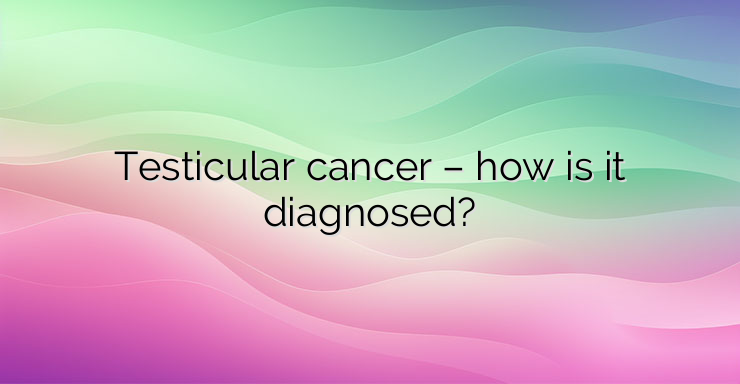Testicular cancer is a disease in which malignant (cancerous) cells form in the tissues of one or both testicles. In most cases, testicular cancer begins in germ cells. The two main testicular tumors that originate from these cells are seminomas and non-seminomas. Testicular cancer is the most common tumor among men between the ages of 20 and 35. Risk factors may be: Undescended testicle in scrotum Abnormal development of testicles History of previous testicular cancer Family history of testicular cancer (especially brother or father) NEWS_MORE_BOX Testicular cancer symptoms vary. These include swelling and discomfort in the scrotal area. It is necessary to take signs and seek a specialist in the following indications of the development of testicular cancer: Painless lump or swelling in the testicle area Frequent occurrence of “dull” pain in the lower abdomen or in the groin area Sudden accumulation of fluid in the scrotum Pain or discomfort in the testicles or scrotum How is testicular cancer diagnosed? An examination by a specialist urologist is necessary. The main tests and procedure for diagnosing testes cancer are: Physical exam and history: Includes an examination to check for signs of the disease. The testicles are examined for lumps, swelling, or pain. In addition, taking a history of the patient’s health habits and past illnesses and treatments is necessary. Ultrasound test, Examination of the levels of serum tumor markers. The investigated tumor markers in testicular cancer are: alpha-fetoprotein /AFP/, β-human chorionic gonadotropin /β-hCG/. These tumor marker levels are tested before biopsy or inguinal orchiectomy is performed. Biopsy – if evidence of a tumor process is present.


Leave a Reply